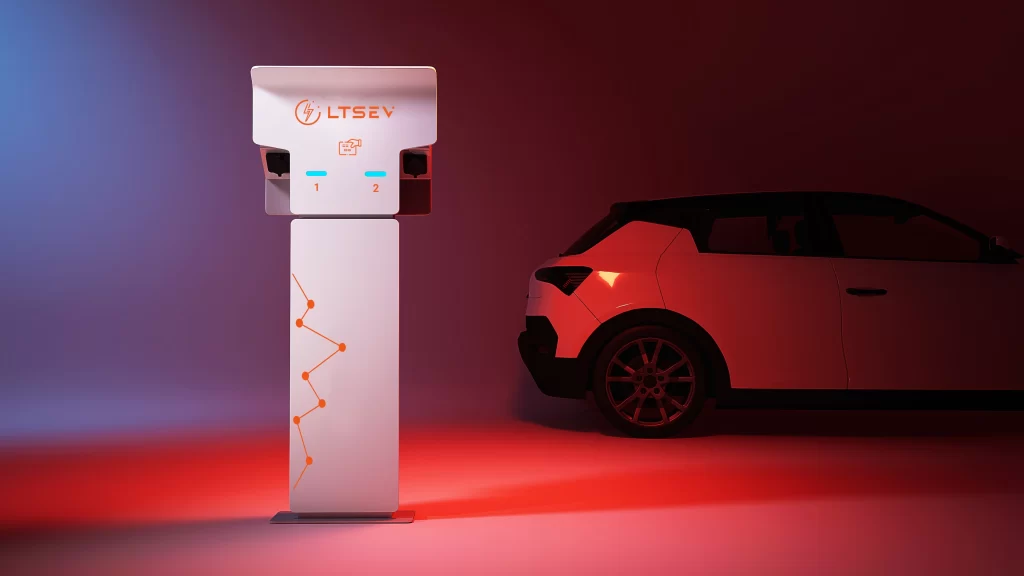
Maintenance and trouble shoot tips
Regular cleaning
Keep the EV charger clean and free of debris. Wipe down the charger with a dry cloth or use a mild detergent if necessary.
Check the wiring
Make sure that all wiring is secure and that there are no frayed wires or loose connections.
Monitor the charger
Watch for any unusual noises or vibrations when the charger is in use.
Check the charging port
Make sure the charging port is clean and free of debris, and that the vehicle’s charging cable is properly connected.
Check the charging time
Monitor the time it takes to charge your vehicle, if it is taking longer than usual, it could be an indication of a problem with the charger.
Checking software updates
Check for software updates for the charger and vehicle, as updates can improve performance and fix any bugs.
Keep documentation
Keep the documentation for the charger, including the manual and warranty information, in a safe place for reference.
Professional Maintenance
Have a professional electrician or EV charger maintenance team regularly check and maintain the EV charger to ensure it is in good working condition
Check the circuit breaker
Make sure the circuit breaker is not tripped or malfunctioning, as it could cause interruption in the charging process.
Check the grounding
Make sure that the EV charger is properly grounded, as a lack of proper grounding can cause problems with the charger.
Related Posts
Type of charger
There are three main types of EV chargers: Level 1, Level 2, and Level 3 (DC Fast Charging). Level 1 chargers are the slowest and are typically used for overnight charging at home. Level 2 chargers are faster and are often used for public charging and for charging at work or other locations. Level 3 chargers are the fastest and are typically used for long-distance travel.
Type of charger
There are three main types of EV chargers: Level 1, Level 2, and Level 3 (DC Fast Charging). Level 1 chargers are the slowest and are typically used for overnight charging at home. Level 2 chargers are faster and are often used for public charging and for charging at work or other locations. Level 3 chargers are the fastest and are typically used for long-distance travel.